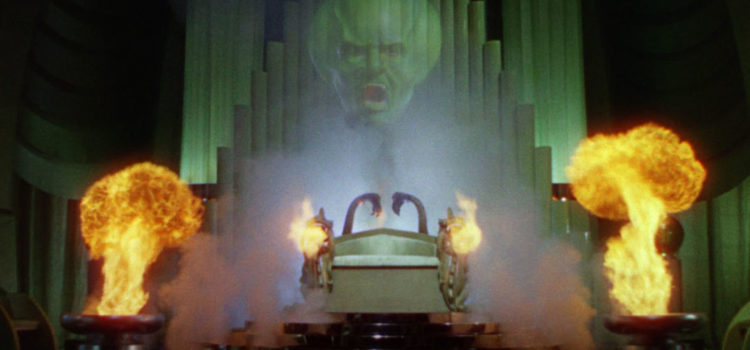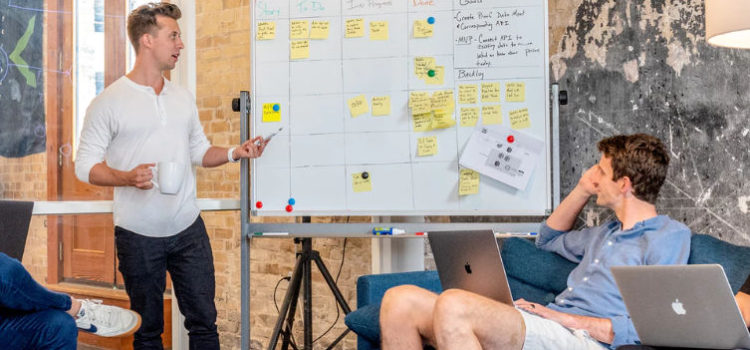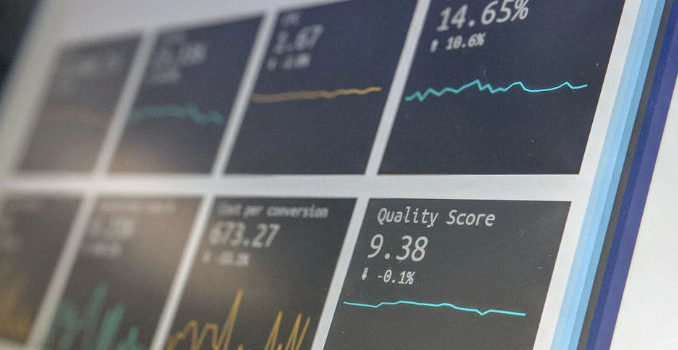Dropbox is now a technology giant, valued at $10 billion in a 2014 funding round. It’s a very complex product, honed over a decade of development and hundreds of millions of dollars of investment.
But Dropbox didn’t start with the slick, seamless product you use today.
So let’s go back to the beginning, before Dropbox had a polished product and thousands of employees. Back to Dropbox’s original Minimum Viable Product (MVP). If you’re an aspiring entrepreneur, be emboldened by the idea that Dropbox started with just about as much as you have right now.







